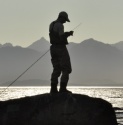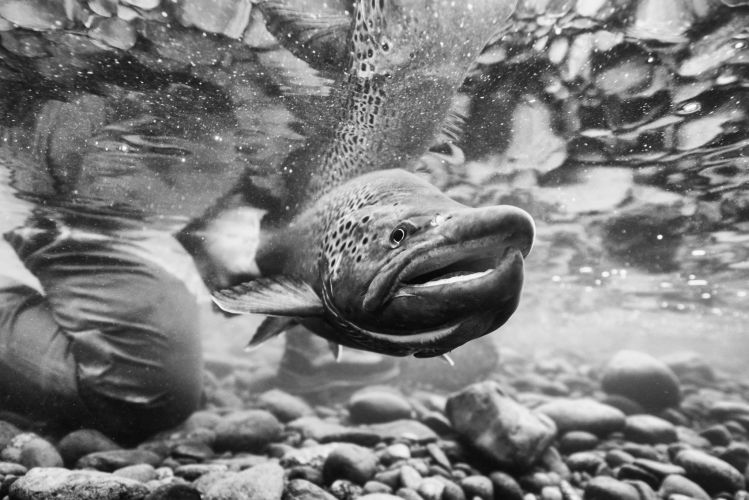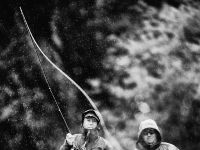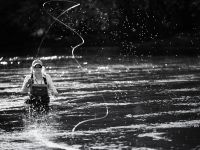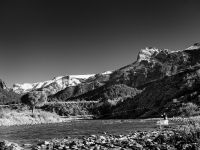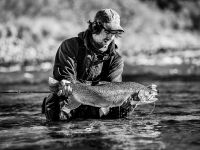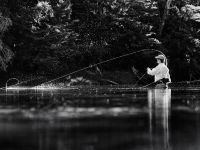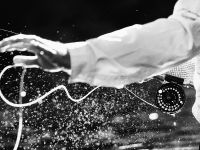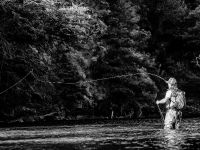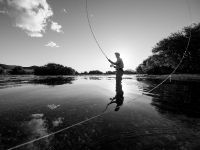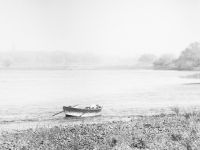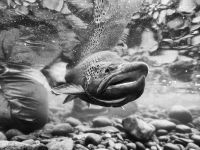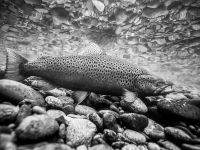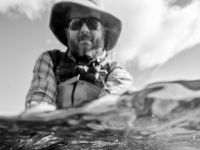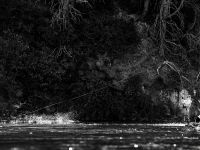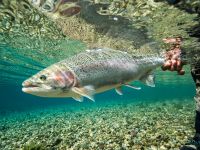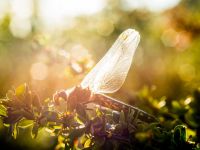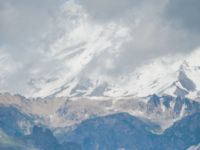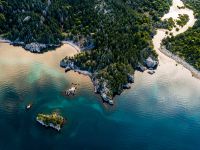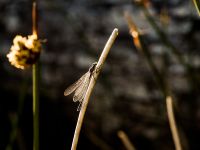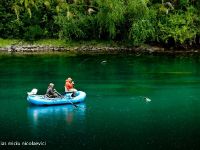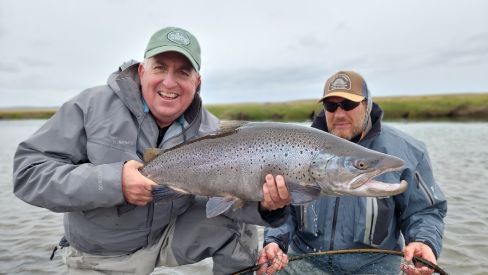Nature lover, true fly fisherman and an exquisite photographer with a special sensitivity, he shows his three passions in his fantastic fly fishing images that have gone around the world. He has collaborated with National Geographic and Catch Magazine in his early years and he is now known as one of the best fly-fishing photographers in the world. We’re proud to share with you his stories and his point of view. Interviewed by Luis San Miguel and Nicolás Schwint.
Fd: How was your passion for photography born?
IM: Photography enters my life more as a necessity to transmit the moments that I have lived during my childhood and teen years. In my case, photography is the perfect tool to achieve this goal, making the most of the “legacy of light and color” (as defined by Demetrio Miciu N., my father’s brother in his own book). I think it’s a heritage from several generations dedicated to graphic arts, it pushes me to find that artistic side within the photography of something as specific as fly fishing is.
Fd: When was your passion for fly fishing born?
IM: I have always felt passion for fishing, in all its ways; from the minnows I caught in streams of the Córdoba province at the age of 6, to fishing for marlin in the Caribbean or drums during holidays; that natural instinct that awakens in many of this strange race called human beings...
But it is here, in Patagonia’s San Martin de los Andes, where at the age of 10 I discovered the world of fly fishing, which would adopt me forever. Since then, I have always been bonded to fly fishing, either with a rod or with a camera.
Fd: What do you feel when you combine both?
IM: Combining both was the answer to what I was searching for, as I mention above.
Fd: Could you describe the lenses you like to use in a fly-fishing session?
IM: For wide takes, I use a 14-24mm f2.8. For portraits or macro, 60mm f2.8. A very versatile and practical tele is a 70-200mm f2.8. And also a tele that enables you to remark and emphasize figures, a 300mm f2.8.
If you ask me why f2.8, I say it’s not only the chance to go down a point in aperture, but the construction and quality of the crystals that deliver optimal quality and fidelity of color.
Fd: We know you have been in many places of the planet because of photography. Can you tell us where? Any stories?
IM: That’s right; I had the luck to travel a bit with my camera. Among the most impressive places, and fresh in my memory, there are many destinations in my own country, Argentina, that even though they are not far, they are hidden treasures, like the Iberá Marshlands, some channels in the Paraná River, provinces like Entre Ríos, Salta, in Patagonia (both in Argentina and Chile). Then some exotic destinations like Finland, Kola Peninsula in Russia, Wyoming, Olympic Peninsula, Glenwood Springs in Colorado, Dominican Republic, Saint Marteens on a sail ship to cross the Atlantic Ocean towards Azores in Portugal. I have also traveled through Europe with my camera in several occasions, and although those weren’t fishing experiences, they were very helpful in developing and enriching my artistic eye.
Fd: What place impressed you the most?
IM: A place that has struck me the most regarding light, colors, situations and fishing moments, was the Fall time in the Ponoi River, Russia. The sun in September takes a position in which it looks like a sunset and rotates in that angle for almost 8 hours. That, and the explosion of colors of Fall and the fresh salmon from the sea, with its power after feeding in the North Sea, creates the situations I have always dreamed of.
Fd: Your pictures have gone around the world. Recently, some were featured in Catch Magazine. How does that feel?
IM: On one side, I feel pride; it’s a natural thing to feel I think. But I try to not rest on that, it pushes you forward, but I consider more constructive to have criticism than compliments. I take these opportunities, like Catch Magazine, and compare it with other works of mine to check what I was missing, what I had not accomplished before, what I would like to improve.
Fd: What advice would you give to those who want to improve their fishing photos?
IM: My personal advice is to have patience enough to leave the rod aside and focus on the camera 100%. At least for a while. I tried doing both at the same time and got mediocre results in both!
Fd: Some final words?
IM: Thank you and everybody who work in trying to show what fly fishing is all about and in enriching its culture, for many times ignorance leads to criticism and bad words about this kind of fishing. I hope I can spy you soon in the river and catch some emotions with my camera…
For more information about Isaías, please visit IsaiasMiciu.com or write to him to info@isaiasmiciu.com

